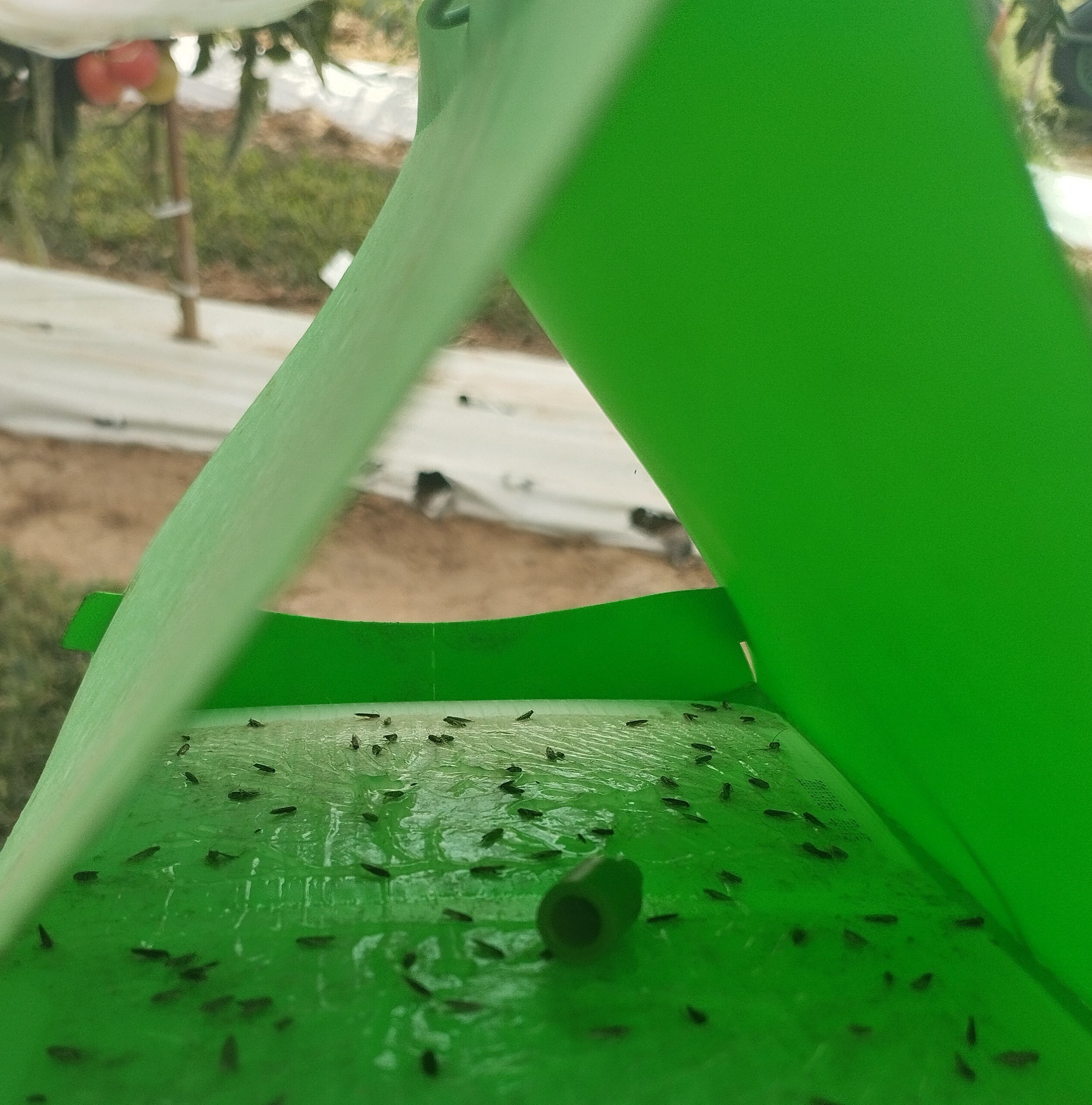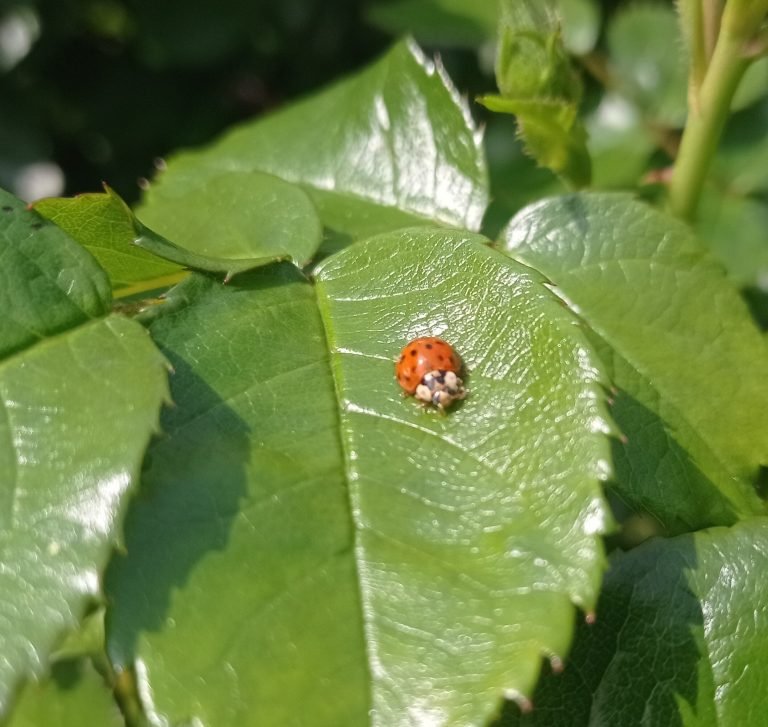Tuta absoluta is a lepidopteran belonging to the Gelechidae family, reported in Italy at the beginning of 2009, better known as southamerican tomato moth. It represents a danger for the damage caused especially to tomatoes, both on fruit and leaves and stems, but also on aubergines, peppers and potatoes.
In recent years it has become an increasingly important problem for tomato cultivation, especially due to the extension of its biological cycle, particularly because of the anticipation of larvae attack symptoms in spring.
This has made its management more difficult due to the need to be able to control promptly, both in prevention and defense methods.
The young larva is initially green, then with reddish streaks, measuring 7-8 millimetres when fully developed (4 larval stages). The adult is a grey butterfly with yellowish streaks, about 6 millimetres long.
Biological cycle
The female lays eggs on the lower surface of leaves, in a number that is on average more than 200 per female; after about 5-10 days, based on the temperature, the larvae are born and begin to feed making mines between the lower and the upper surface of the leaves. They complete their development through 4 stages, and then pupate after about 2-3 weeks, depending on the temperatures. From the pupa to the emergence of the adults, another 6-15 days are needed. In a year, more than 10 generations can follow one another, in the countries of origin and also in Italy, depending on the climatic conditions, we can have a high number of generations, which makes it difficult to control, due to the simultaneous presence of multiple phases of the biological cycle: eggs, larvae, pupae, adults. It generally overwinters as a chrysalis in the soil and the adult emerges at the end of spring.
Symptoms
Symptoms are caused by the feeding activity of the larvae: spotty mines, both on the leaves and on the sepals of the flower calyx, as well as on the surface of both immature and ripening fruits. These damages can cause the berries to fall before ripening, or damaged berries with holes and tunnels that reduce their quality and marketing.
Control
Management can be implemented with integrated pest control, using sticky traps for the capture of adults, activated with female pheromone. The placing of traps at the beginning of the infestation allows for early capture, which is the best prevention method, to provide useful informations about the extent of the infestation and consequently indications for deciding treatment need and timing. In fact, monitoring the number and the trend of the population of adults captured by the traps, it will be possible to predict the times of the subsequent phases of the biological cycle. Biological control is also possible, with the release of the predator Nesidiocoris tenuis, belonging to the mirid family.












